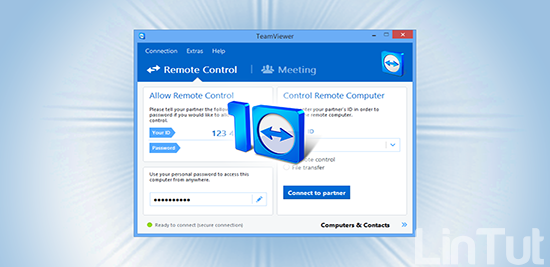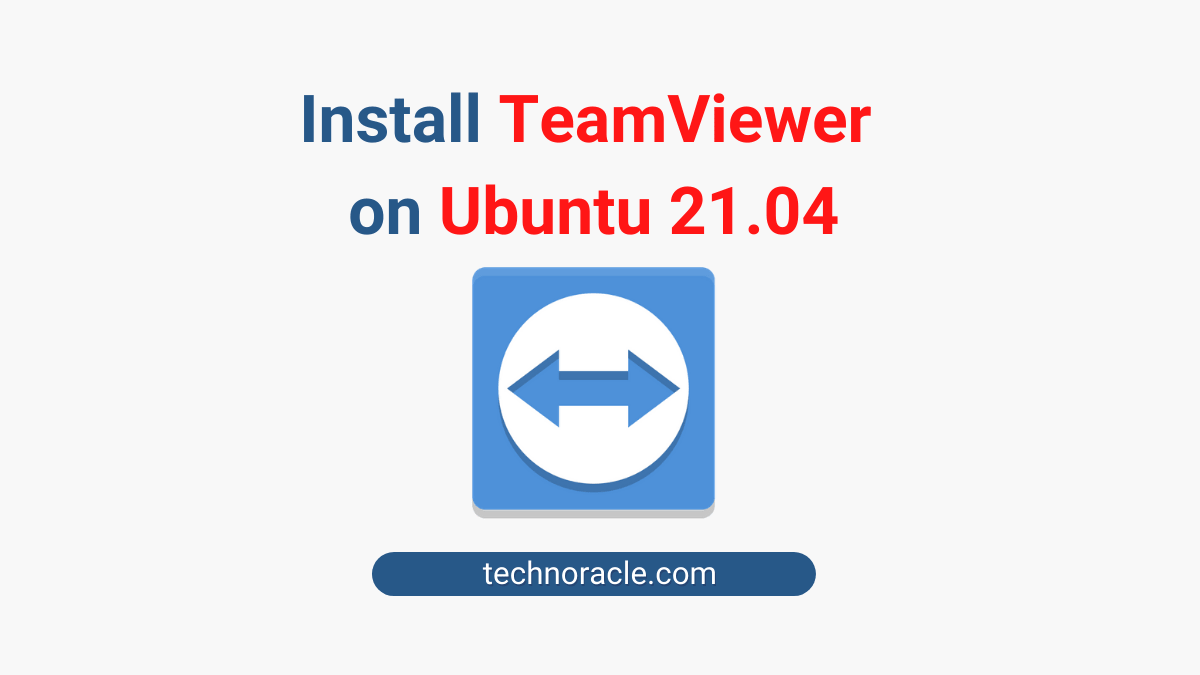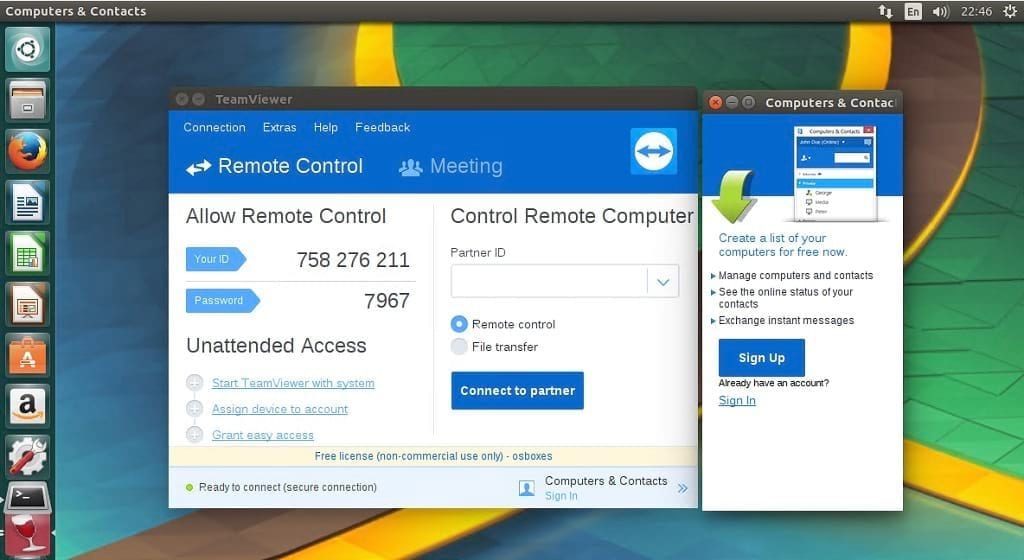
This approach saves a lot of system resources, leading to quick response times and faster boots. Wayland uses buffer handle and gives a direct rendering. Xorg uses two drawing modes where all applications need to get drawing requests from the server. The biggest difference between the Xorg and the Wayland is that Wayland doesn’t do any drawing.

I don’t want to write another Wiki article on the technical differences between the two Instead, I will point out the major difference between the two drivers. I’m sure Wayland is the best future direction for Linux, but only after the major incompatibility issues are resolved. Several popular and extensively used applications including GParted, Shutter and several other screen capturing programs, and programs needing root access won’t work with Wayland without a workaround.

I absolutely love Wayland due to its simplistic architecture and closeness to the Linux Kernel while communicating with Video hardware, but there are several incompatibility issues associated with the Wayland. Stay tuned to OMG! Ubuntu! for all the juicy details on Ubuntu 19.04 as the development cycle gets underway.According to my opinion, it is a big mistake from Canonical. Don’t get me wrong.

To help test the release just download the ISO, flash it to a USB stick using a tool like Etcher, and then live boot the release or install to a dedicated development partition on your system.

This is because Ubuntu dropped 32-bit desktop builds during the 17.10 development cycle. Remember: you won’t find 32-bit Ubuntu images available to download, only 64-bit ones. You can download Ubuntu 19.04 daily builds from the official Ubuntu release server, which we’ve linked to below. Don’t run these images as the primary OS on mission critical machines - and yes, that includes your brother’s laptop - unless you really know what you’re doing and (more importantly) how you can undo it. Prep a partition because Ubuntu 19.04 daily builds are now available to download.Ī new “Disco Dingo” daily build will be produced each and every day from now until the Ubuntu 19.04 release date in April 2019.įor dedicated Ubuntu developers, testers, and community enthusiasts the arrival of daily builds is the horn blare that declares the development cycle well and truly open.įurthermore, these images are the only way to sample the upcoming release before a solitary beta release pops out sometime in late March.ĭo remember that Ubuntu daily build ISOs are intended for testing and development purposes only.


 0 kommentar(er)
0 kommentar(er)
